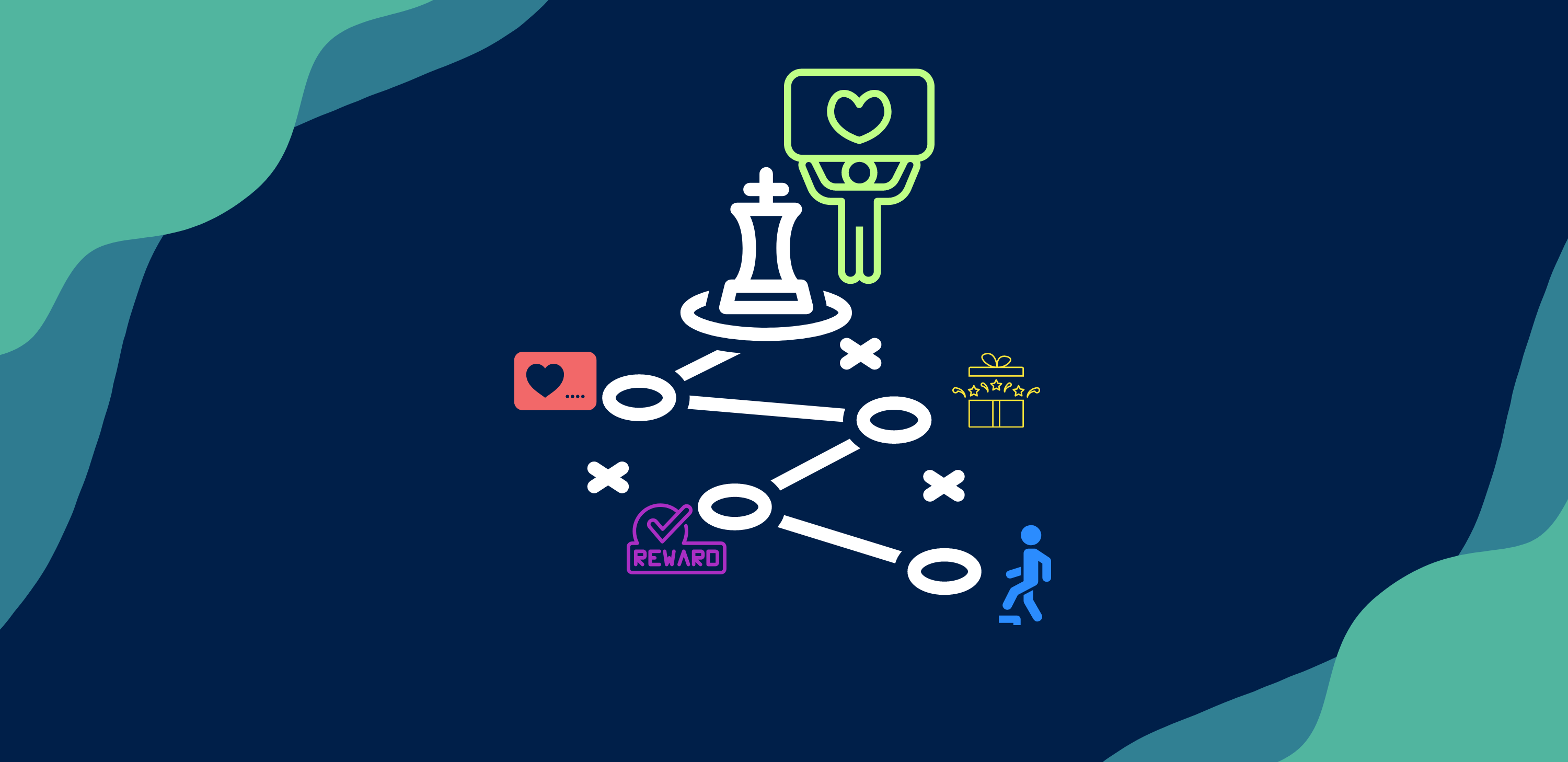How Dynamic Segmentation Can Improve Your Loyalty Program
Dynamic Segmentation is the process of identifying a group of people within your target audience who share common attributes based on real-time data...

A crucial step for starting a loyalty program is getting executive buy-in for the initiative. While some companies consider loyalty programs to be a standard, others can be more reluctant to launch a program of their own. Concerns like program costs, return on investment, acquiring the strategic and operational expertise to design, build, and run a program, and staffing are a few of the deterrents that hinder getting loyalty programs started.
If you're wanting to build a loyalty program for your brand, you can succeed in getting executive buy-in by putting the right effort and attention into key aspects of your proposal. While the actual a loyalty program proposal will be much longer and more detailed, here are a few tips to help set you on the right path.
First Question To Answer Is Always ‘Why?’
Why do you need a loyalty program? Why now? Why chose this particular strategy over another one?
You want your proposal to start off strong so the beginning is where you need to put in some work. Gather research into loyalty program benefits and be specific on how loyalty program contribute to business success. For example, while it’s commonly understood across the board that higher customer loyalty contributes to profitable business growth and that loyalty programs are a pivotal component to increasing customer loyalty, chances are your team won't take that at face value. You will need to dive a little deeper into more specific statistics, examples, or case studies to help explain your reasoning for why a loyalty program would be beneficial for your exact organization.
Conducting detailed industry research and competitor analysis will help provide support on why a loyalty programs will work for your sector and be accepted by your customer base.
Identify Program Objectives And Goals
Chances are you didn’t decide to start a loyalty program on a whim. You most likely have specific goals or accomplishments you’re looking to achieve, and a loyalty program is part of your strategy to make those plans a reality. And don't just consider your personal work ambitions: also identify how a loyalty program can help your company as a whole meet its own sales, revenue, or growth goals.
Along with tying your program to company goals, you should also consider what key objectives will eventually become your primary loyalty program goals. Increasing customer loyalty itself is an all-encompassing objective, but it will help to get more specific:
Do you want to improve your customer retention rate? Acquire new, higher-quality customers? Drive customer engagement? Increase the spending and purchase amounts of specific customer segments?
While your finalized loyalty program goals might change down the road, your proposal will benefit from having a central set of goals to start from. Be sure list them out and illustrate in greater detail how your loyalty program will contribute to the success of each, either directly or indirectly.
Outline Key Metrics And Analytics
"What is the ROI of a loyalty program?" is another big question your team will have.
To help answer this question and others around program metrics, come armed with a list of main loyalty program KPIs. Outline their definitions, how to measure them, and what different numbers indicate for both program and company performance. Show not only how you will measure performance but a few actionable plans for responding to different situations that might arise based on program numbers, both good and bad.
Identify Key Risks And Challenges
As with any business initiative, loyalty programs come with their own set of risks and challenges. Do an analysis of potential negatives or raised objections that could impact your ability to get approval for your loyalty program and create a response for each one. This demonstrates you have evaluated different risks and have a plan to continue growing program performance or mitigating any issues. Some of these challenges can include:
Tips To Strengthen Your Proposal
Advocate For Value & Personalization
Value is important to today's customers when making a purchase. Price is always a factor, but many other items also contribute to How, Where, When, and Why a customer decides to buy an item. Loyalty programs are able to offer multiple levels of personalized value for your customers, which helps make your brand a more appealing option. While one sector of your customer base might enjoy free shipping, another segment might appreciate exclusive first access to new releases. A different customer segment could want free item samples or gifts. A loyalty program lets you provide these different types of value to all your customer personas.
Gather Stakeholder Support
A loyalty program won’t only benefit you and your immediate team. They also positively impact the efforts of other departments, such as branding, sales, marketing, customer service, and more. Be sure to do some research and reach out to your fellow coworkers to learn about the different ways implementing a loyalty program will help their work efforts or enhance their current initiatives. Understanding how loyalty programs can influence these other organizational sectors will help you when you are looking for stakeholder support and insights.
Connect Loyalty To Company Values
A well-designed loyalty program should always reflect and support a company’s values. Corporate social responsibility has become a critical method for brands to build trust and connections with their customer bases, and those building trust are a part of growing customer loyalty. You can make your case stronger by connecting your proposed loyalty program to your company's existing corporate social responsibility goals. For example, if your company is looking to drive awareness of it’s new charity initiatives, show how your loyalty program can be a good fit by allowing members to make charitable donations via earned points.
If you're in the process of creating a loyalty program proposal or searching for a potential vendor after having your proposal approved, we'd love to talk! Reach out to us today to learn more about how we can help your brand build better customer loyalty.

Dynamic Segmentation is the process of identifying a group of people within your target audience who share common attributes based on real-time data...

Once you’ve decided to start a loyalty program, the next step is usually determining how to go about doing so. One option is to build and run your...

When a loyalty program is solely focused on rewarding transactional behaviors they are missing out on the chance to build real long-lasting customer...